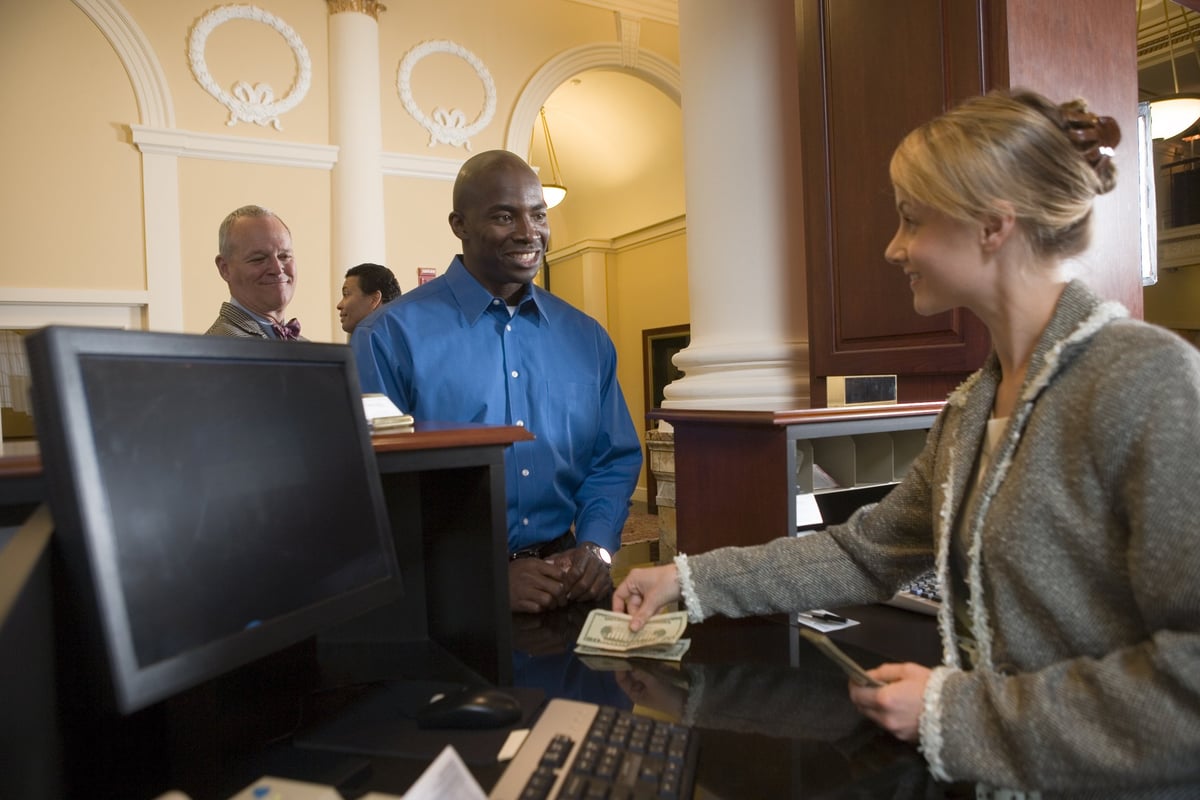Communities with Disproportionately High Unbanked Rates

Financial Inclusion and Unbanked Households
Understanding the concept of 'financial inclusion' is crucial for individuals without access to essential banking services, such as checking or savings accounts. Unbanked individuals face significant disadvantages in managing their personal finances, especially in historically marginalized communities.
Communities Affected by Unbanked Rates
- Black, Latino, and Native American: Over half of unbanked households in the US come from these communities.
- Racial Disparities: Statistics show higher unbanked rates among Native American/Alaska Native, Hispanic, and Black households.
- Economic Factors: Lower-income and less educated households are more likely to be unbanked.
The lack of trust in financial institutions, minimum balance requirements, and high account fees contribute to the reluctance of many individuals to open bank accounts.
Bridging the Gap: Ways Banks Can Help
- No Fee Checking Accounts: Offering accounts with no minimum balance and no monthly fees can attract unbanked individuals.
- Secured Credit Cards: Providing options to build credit history is crucial for improving financial well-being.
- Financial Coaching Services: Access to free financial coaching and mentoring can empower individuals to make informed decisions about their finances.
Enhancing financial inclusion is essential for ensuring that everyone can benefit from the security and advantages of having a bank account.
This article was prepared using information from open sources in accordance with the principles of Ethical Policy. The editorial team is not responsible for absolute accuracy, as it relies on data from the sources referenced.